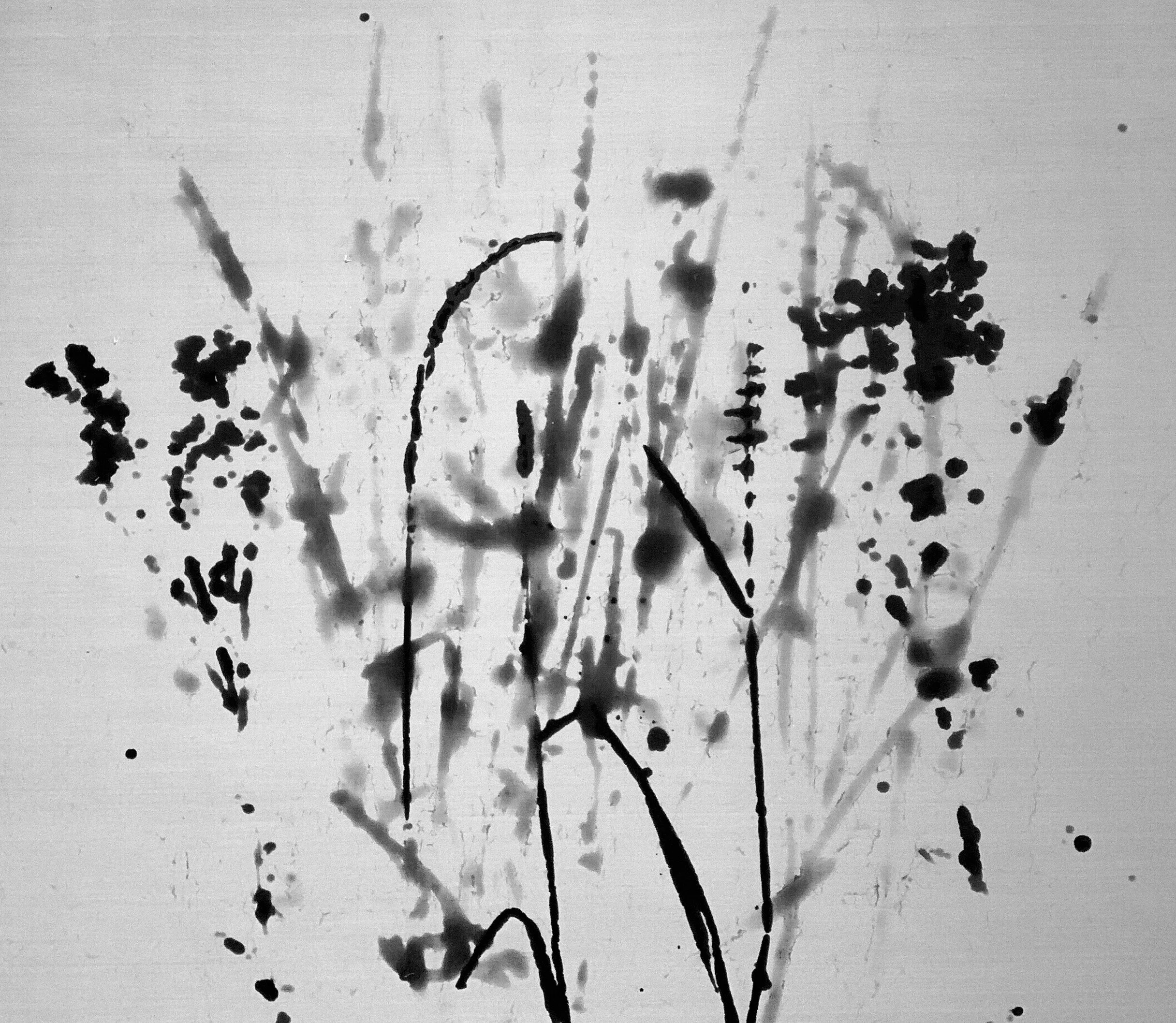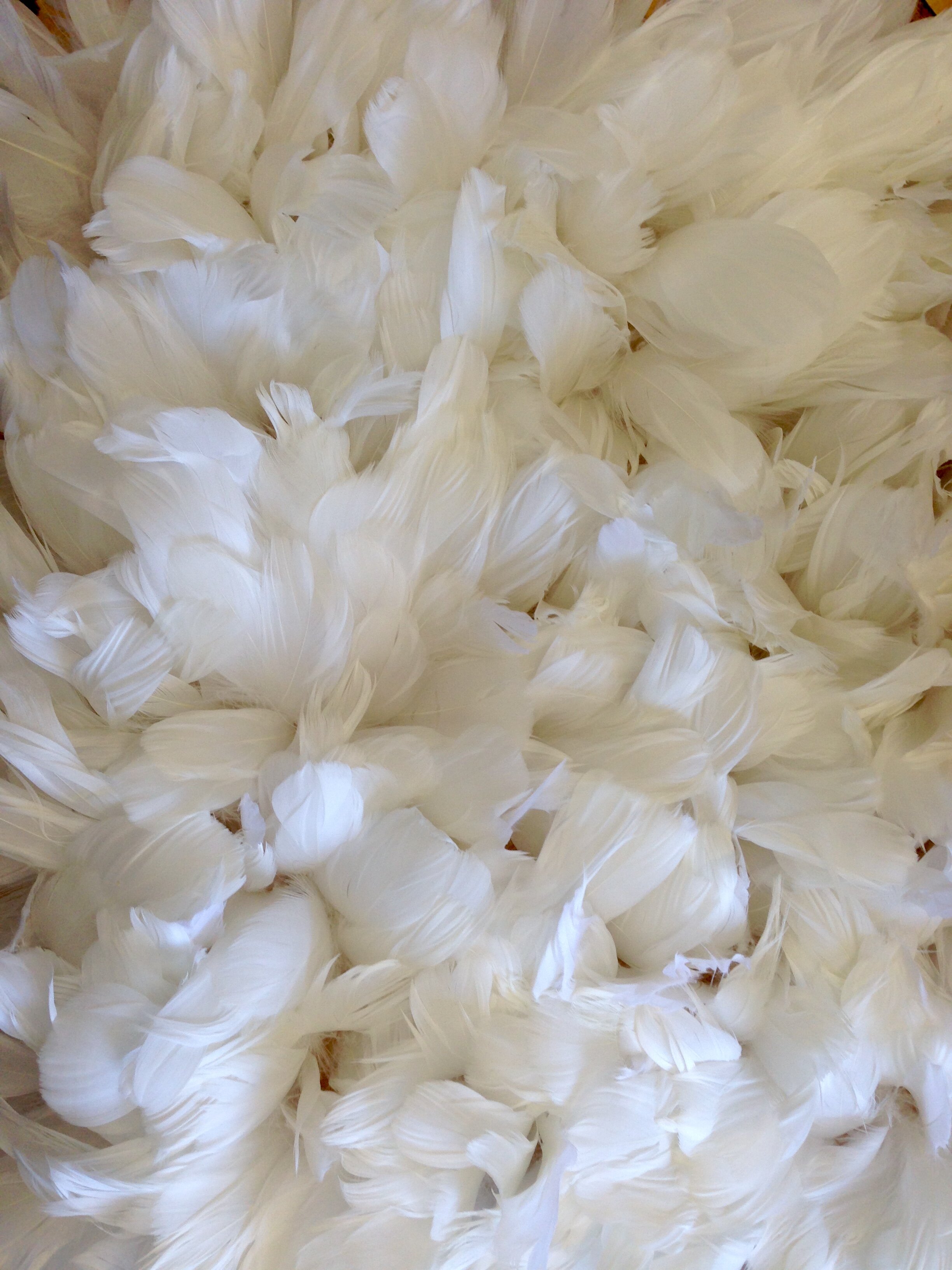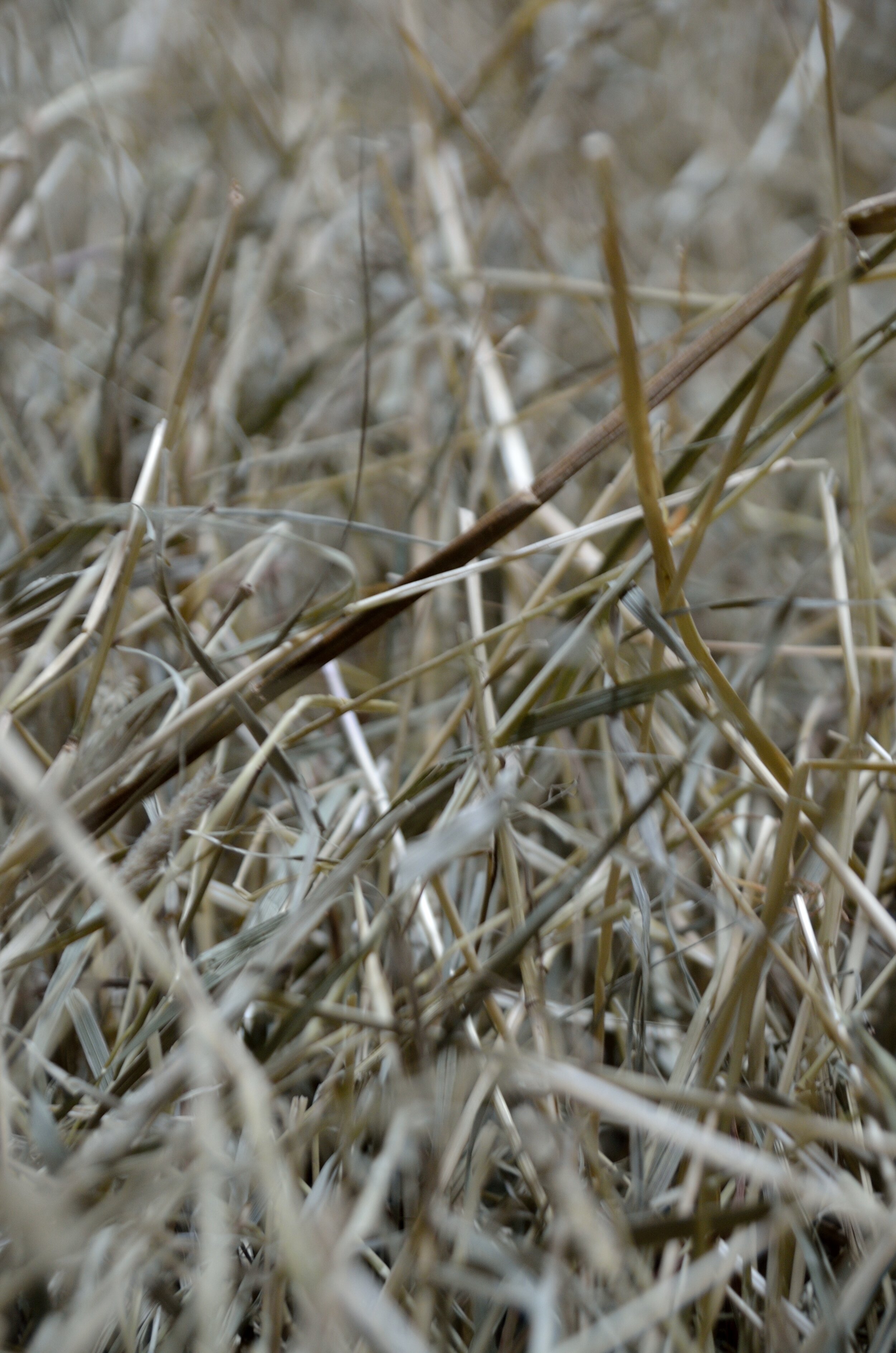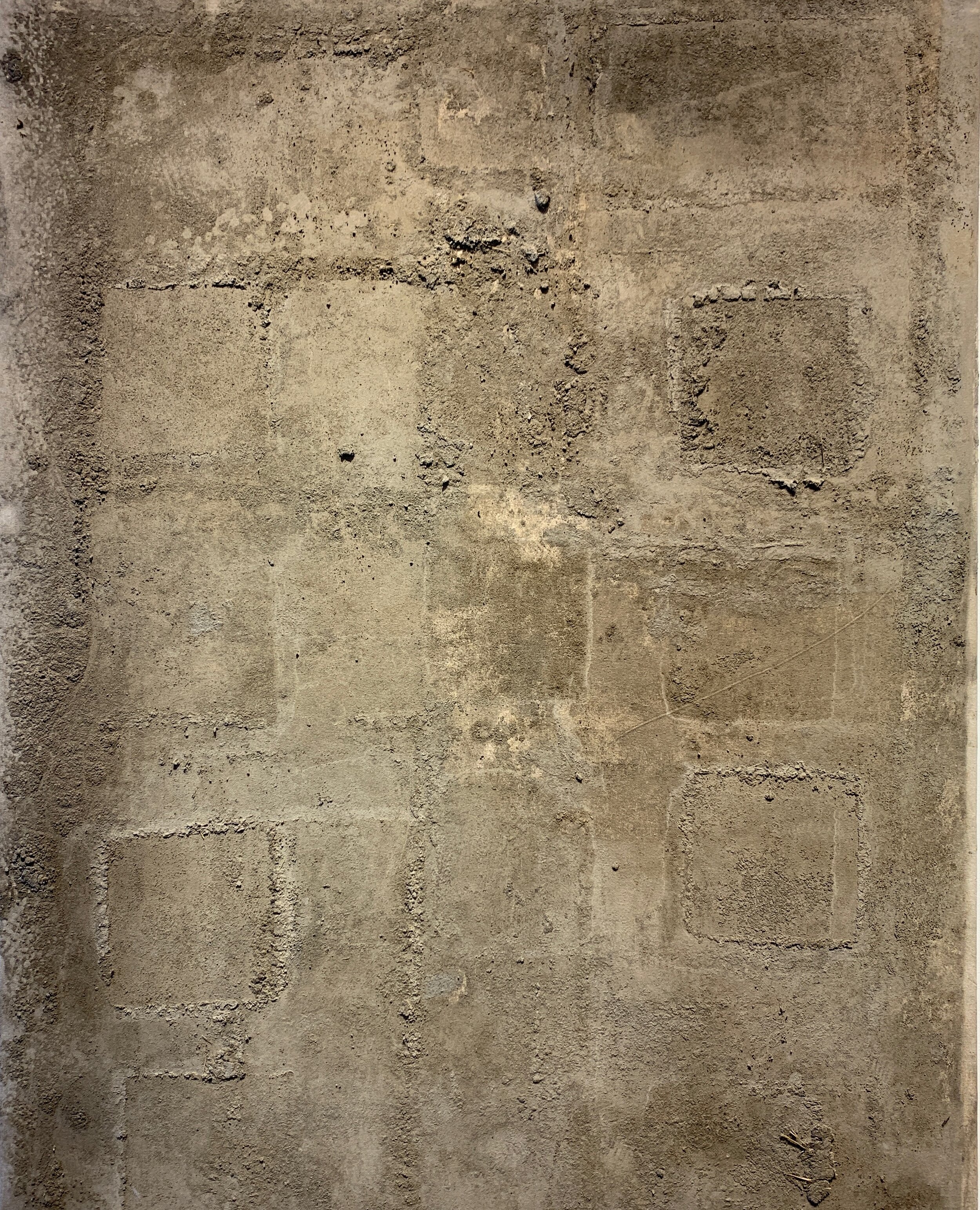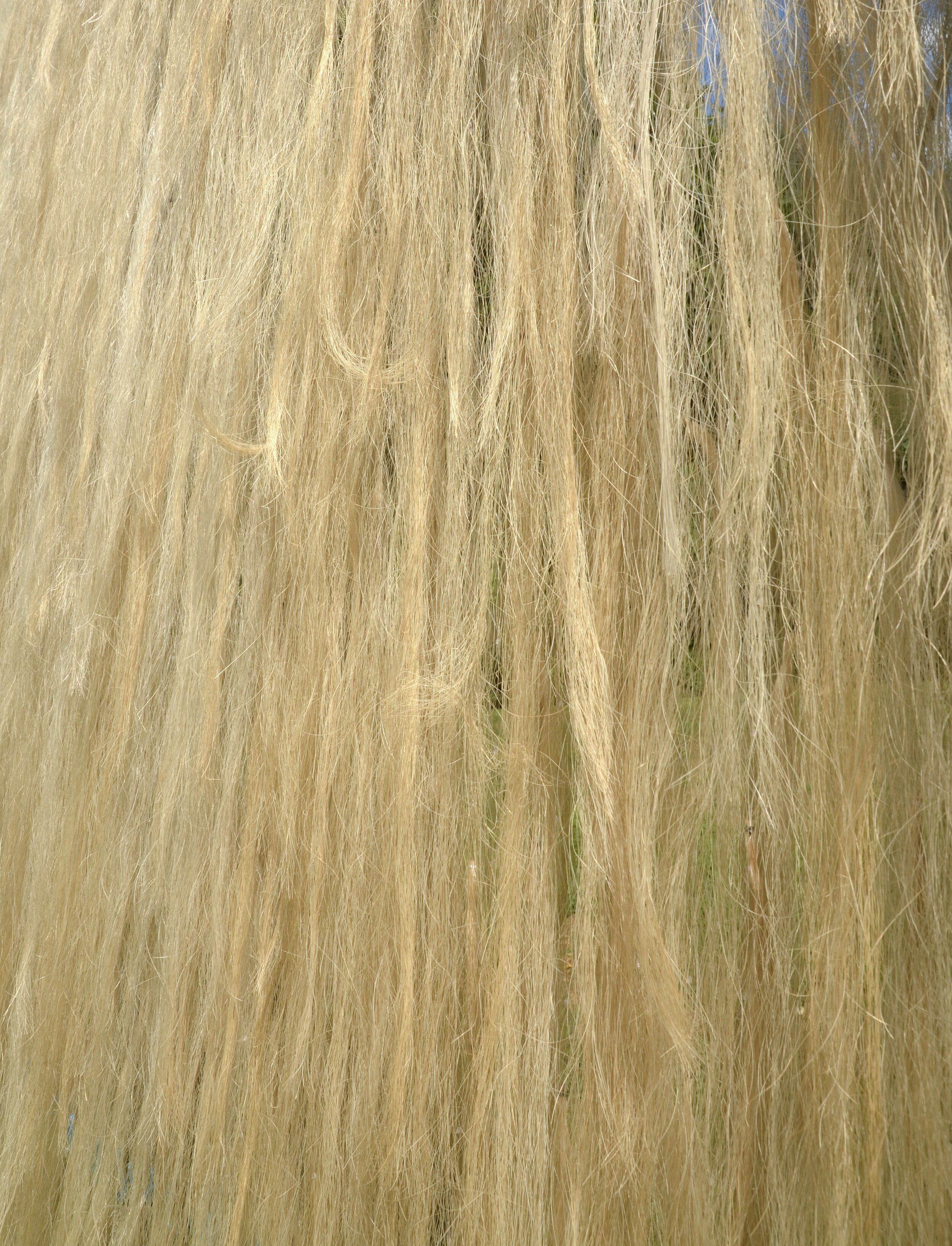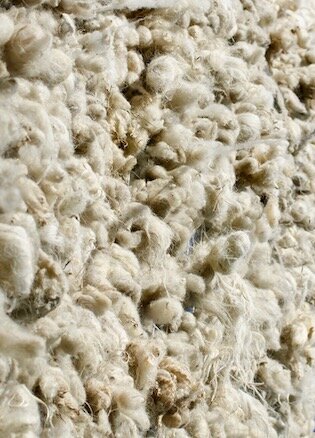Responding to the plight of pollinators in the context of habitat loss and climate change, we are working with Bee The Change to shine light on habitat restoration and the role pollinators play in ecosystem balance. Reflecting on the ecological issues pollinators face through environmental art offers those living in a world of facts and data a way to engage with the heart.
Nancy Winship Milliken
Defining her sculpture as “contemporary pastoralism,” Milliken is inspired by our age-old relationship to nature as a way to consider ecological questions in the present. She creates environmental and site-specific sculptures in both urban and rural settings using natural materials like sheep’s wool or earth/clay from pasture fields surrounding the studio. Her design is based around the principle of keeping materials close to their original state. The sculptures interact with the environment and are activated by ephemeral forces such as wind, rain, and sun, calling attention to the textures, odors, and movement of natural materials composed in formally simple structures. The work ultimately addresses complex issues involved in sustainable living. Much of the work is made in collaboration with farmers, artisans, poets and environmental studies interns from universities all over the nation. The studio culture creates the space and time for mentoring creative environmental leadership.
Stephanie Hanson
Stephanie Hanson is a senior at Stetson University majoring in Environmental Studies and minoring in Creative Writing. Her interest in the overlap of these two fields led her to think about the ways in which the written word can be used creatively to convey the emotions behind the science of the many environmental issues we are facing today. She uses poetry, prose, and visual works to bring to light connections between humans and non-human life, blurring the boundary we have created to separate the built world from the natural one, and to bring forth science in meaningful and emotional ways. In a world of information noise, she hopes that creativity can complement the rationale of science with emotion and personal meaning and, in doing so create a sense of urgency in dealing with ecological issues such as habitat loss, sea level rise, extinction, deforestation, and conflict between humans and non-human life.
Emily Kiernan
Emily Guerin Kiernan is a designer and pollinator activist. She is a born and raised Vermonter who designs spaces, patterns, and fiber pieces inspired by the Vermont vernacular. She is the Design and Innovation Director for Bee The Change, a non-profit who creates pollinator habitat in solar fields. She likes to study native Vermont pollinators and their unique life cycles and physical gestures. Each species of pollinator has a unique complex life, and their actions uphold the food system in Vermont as we know it. They also have very specific patterning, which in some species, can tell a story about their past. Besides their ecological role, these detailed markings are what draws Emily to pollinators. Taking expressive figures and distinguishing markings, she loves to express their existence and bring awareness to their decline.
The Artist in Residency with Bee the Change has brought us into the world of energy. The bees, plants, and solar fields are vibrant with the energy of the sun. Alone yet together in virtual collaboration, we embraced alternative expressions of concern and hope for the pollinator species living alongside us in a time of anthropogenic climate crisis. Our individual work is influenced by conversations with each other and research into the world of pollinators while keeping the mission of Bee the Change at the forefront.
The work presented here will inform the final public sculpture to be realized in summer 2021.
Bee The Change is an organization working to create habitat for pollinators by planting a diversity of pollinator friendly plants that support native bees, butterflies, hummingbirds, moths and other insects.
The work
By Nancy Winship Milliken
The Language of Field
stop motion ephemeral prints of field plants
summer-fall 2020
Sound on. Edited by Jill Williams
This stop motion video was made by collecting field plants (wildflowers, grasses) from Bee the Change pollinator habitats, dipping them in water and printing onto paper that records water marks as black. As the water evaporates the marks fade and can be printed over with new plant imagery. The marks are imperfect, abstracted and ephemeral while capturing the fleeting nature of the seasons of field. The marks become a translation of the language of field, making a condition of this moment.
This meditation on time, transition, seasons, sounds, and form, perhaps mimics an uncontrollable moment in the world. The field however, is an ongoingness. As the forms vacillate between life and death we witness how narrow that liminal space is in nature. The video offers a method of time and place, of now-ness and here-ness. The field is not a neutral space, it is surviving instability, encroachment of man maneuvering and manipulating the value of place.










